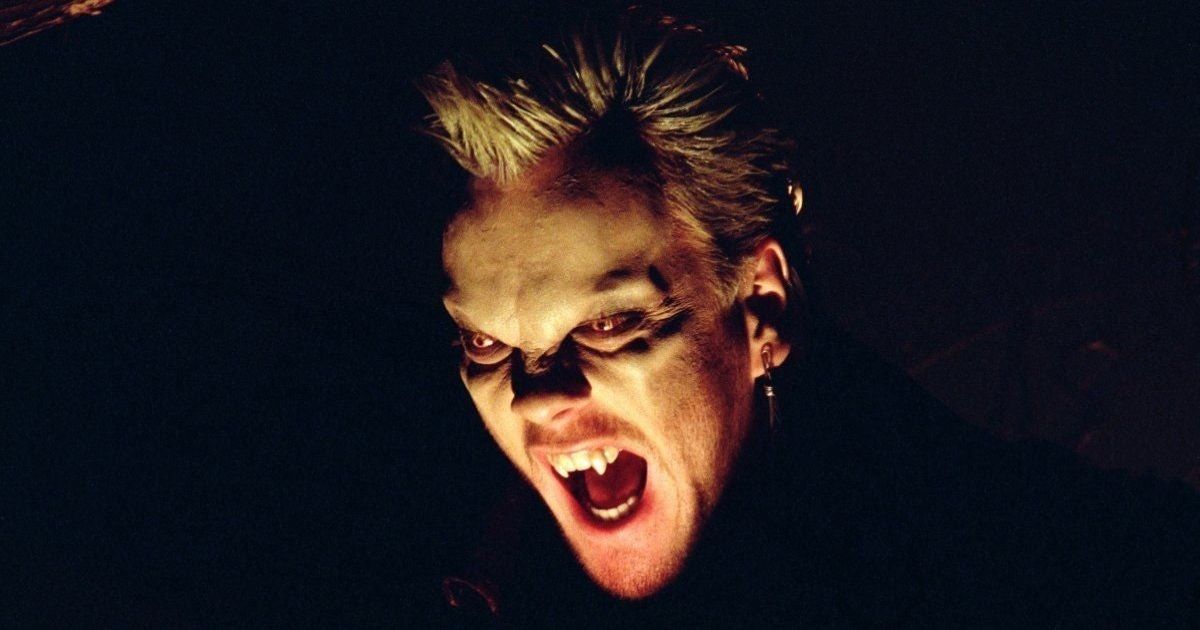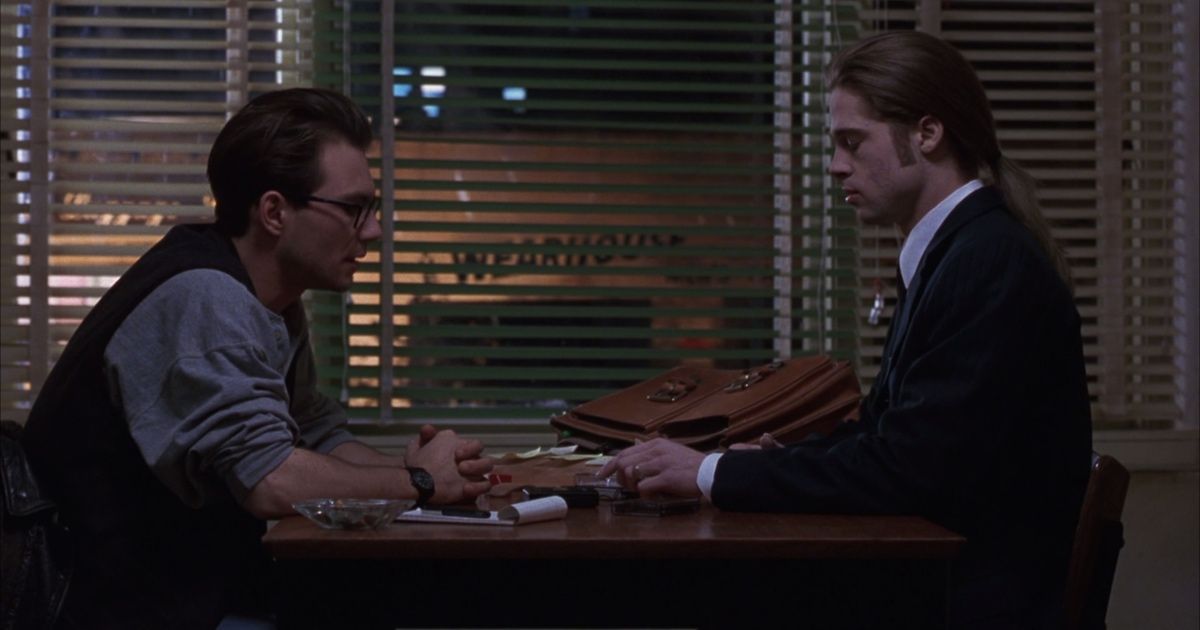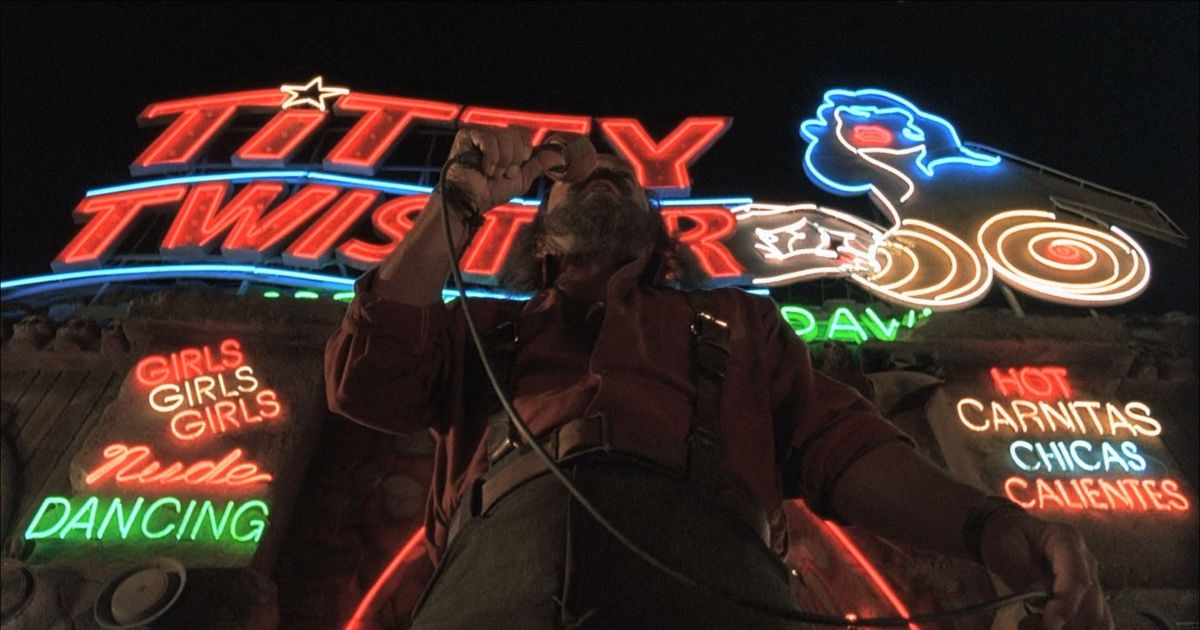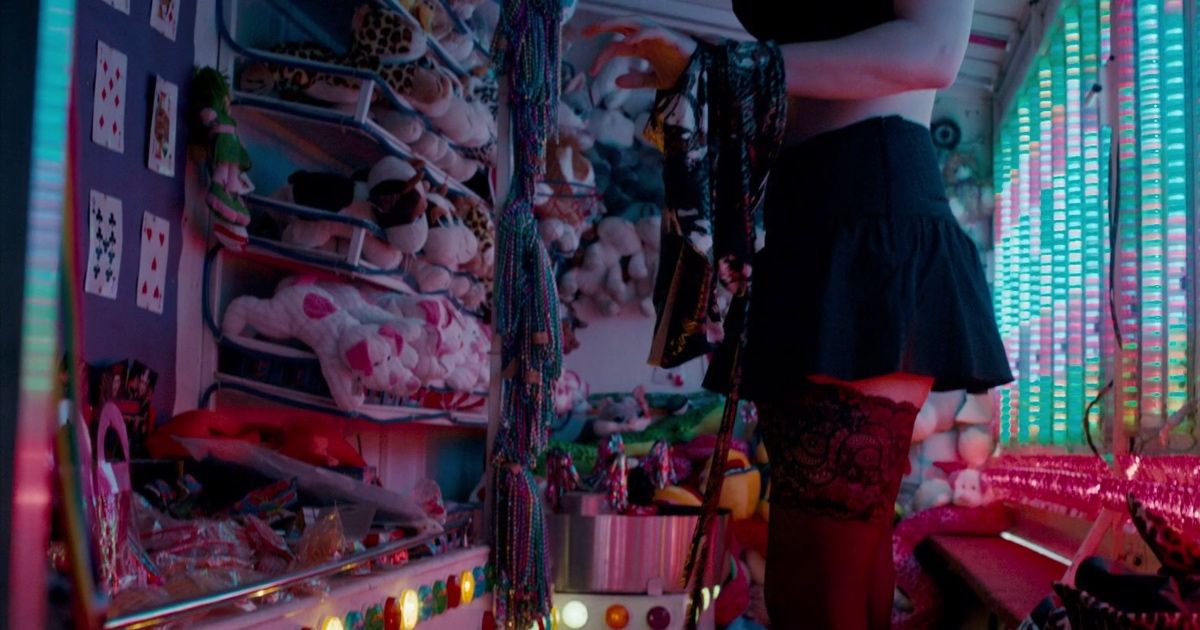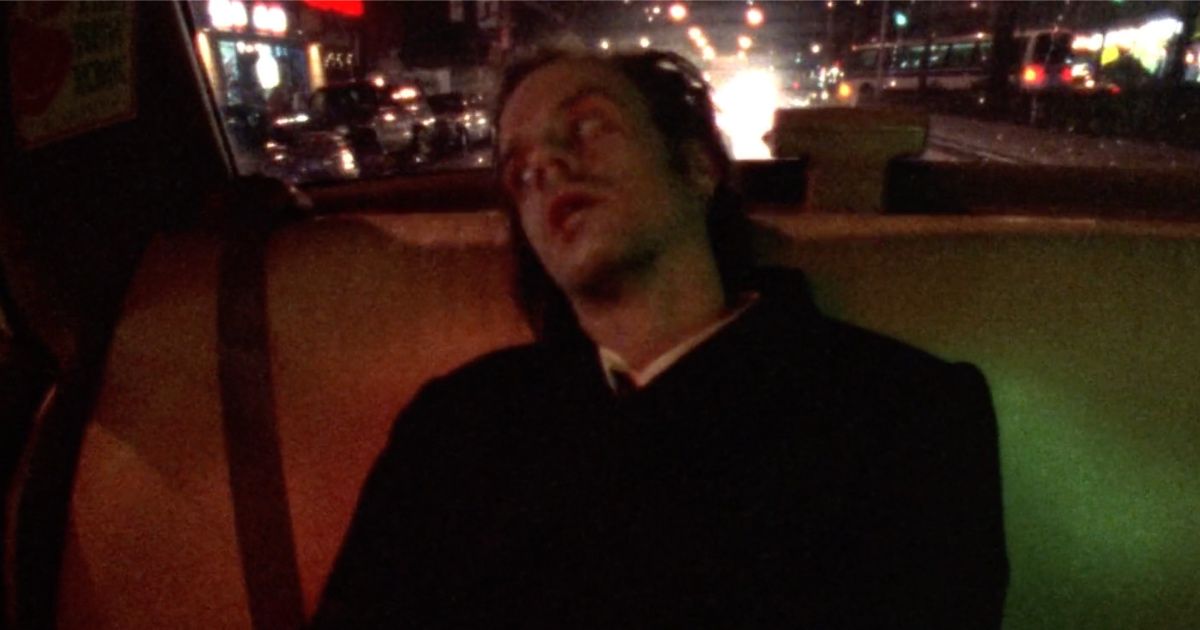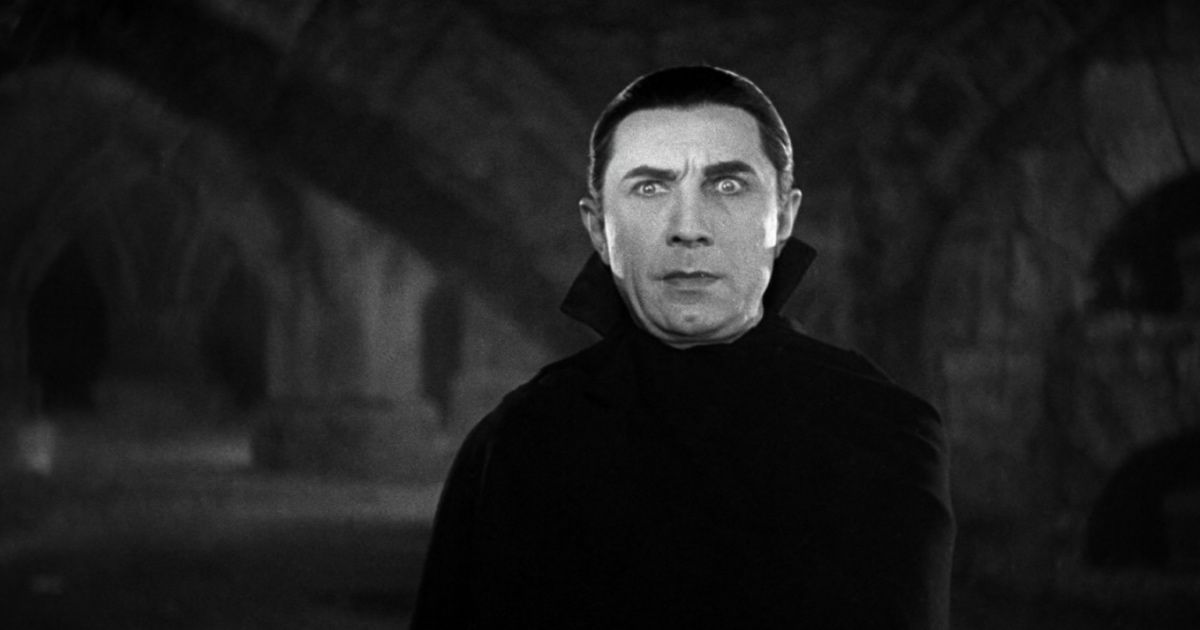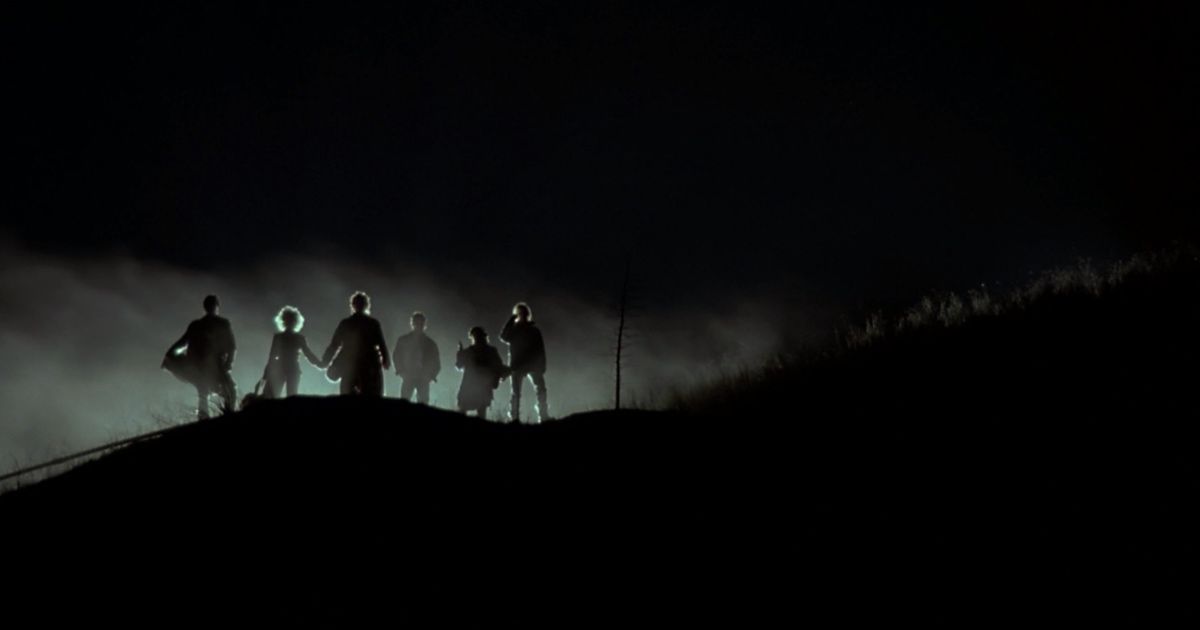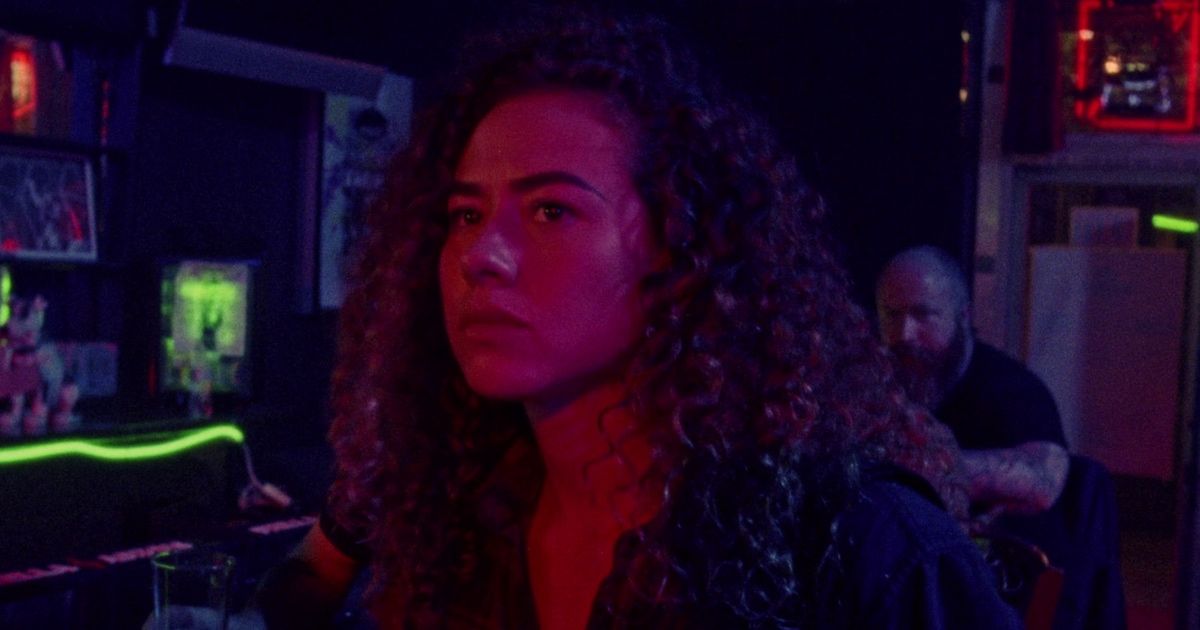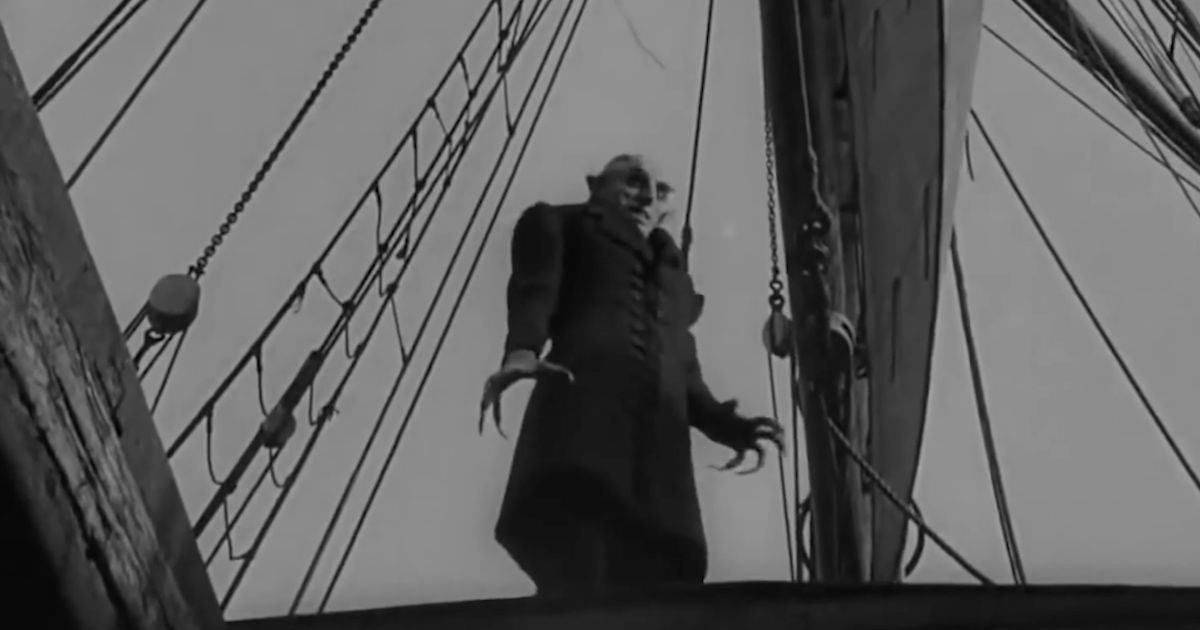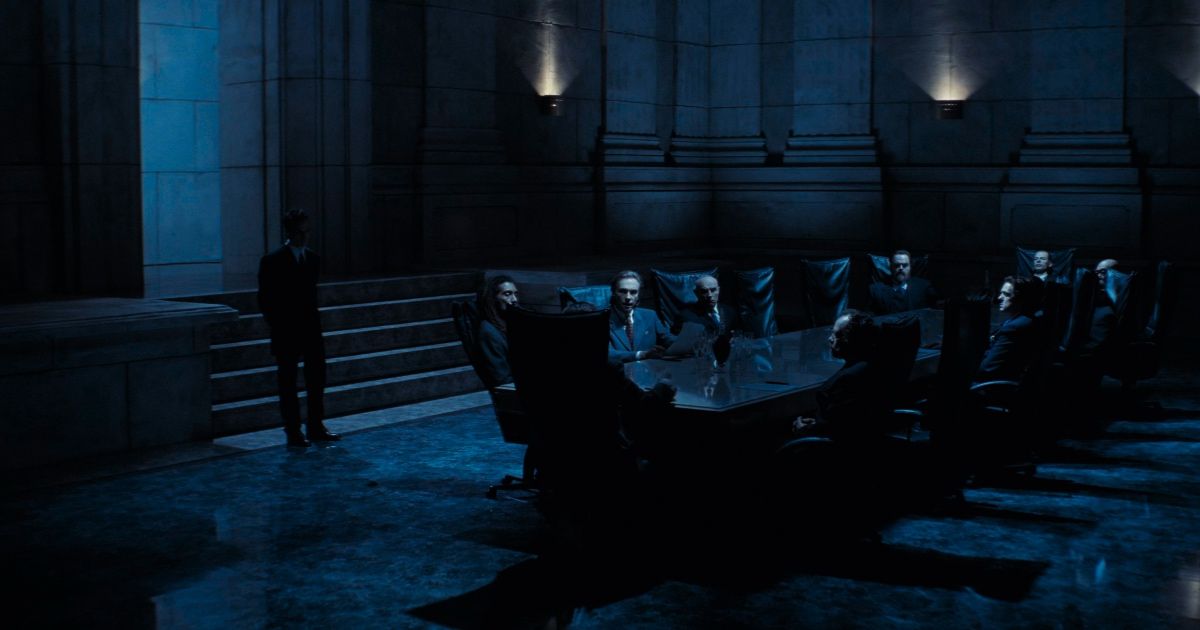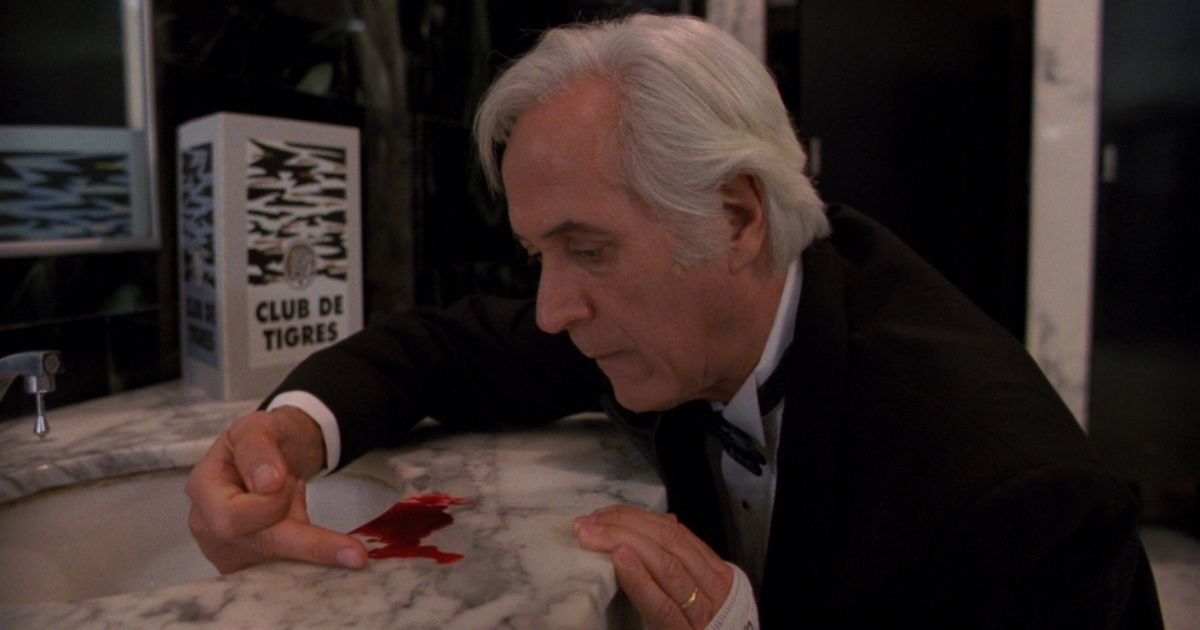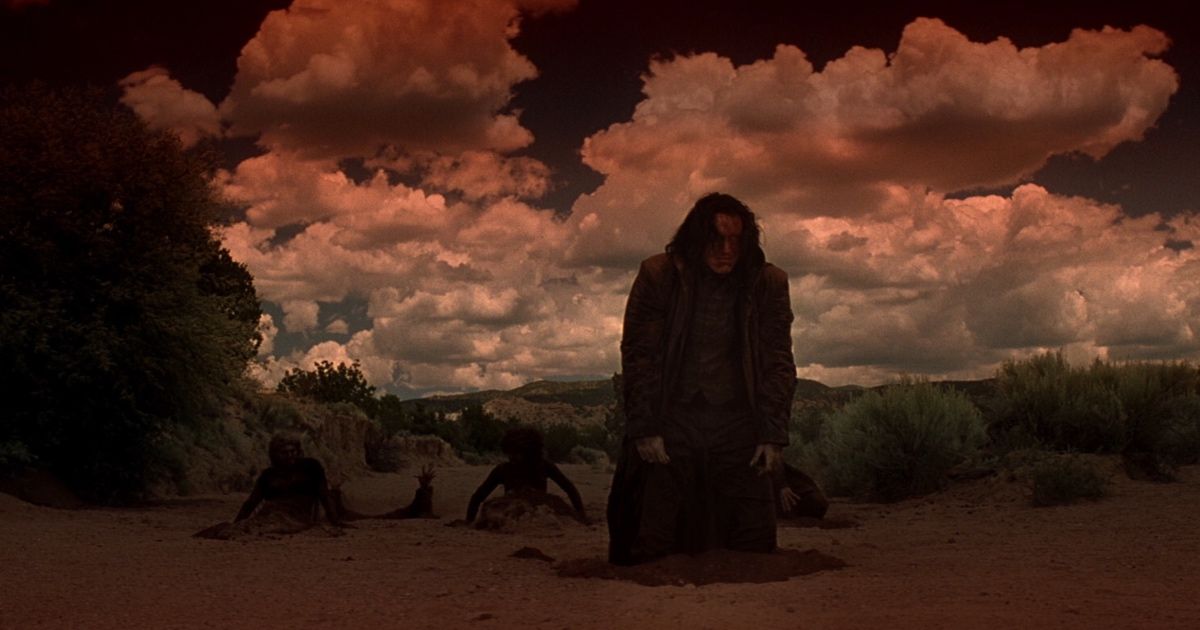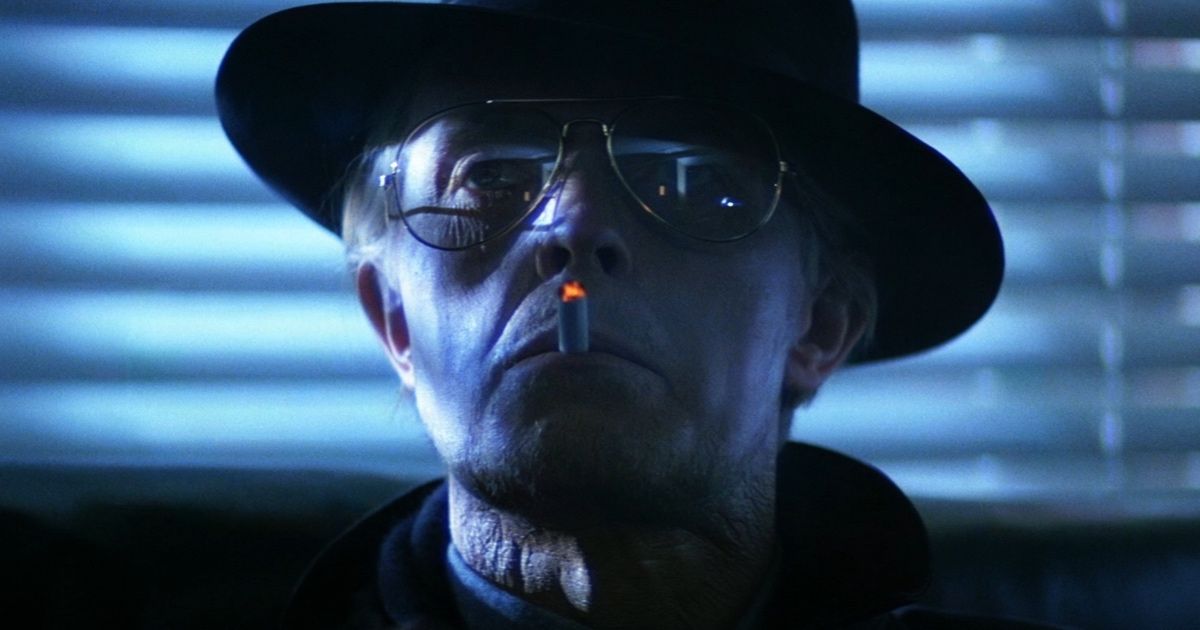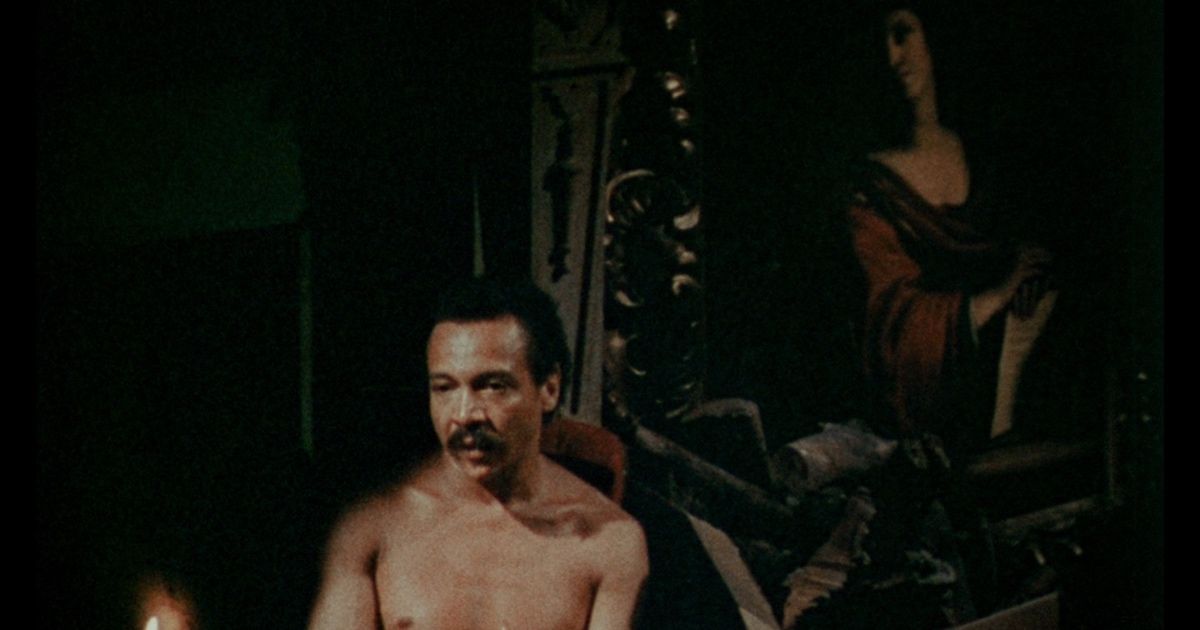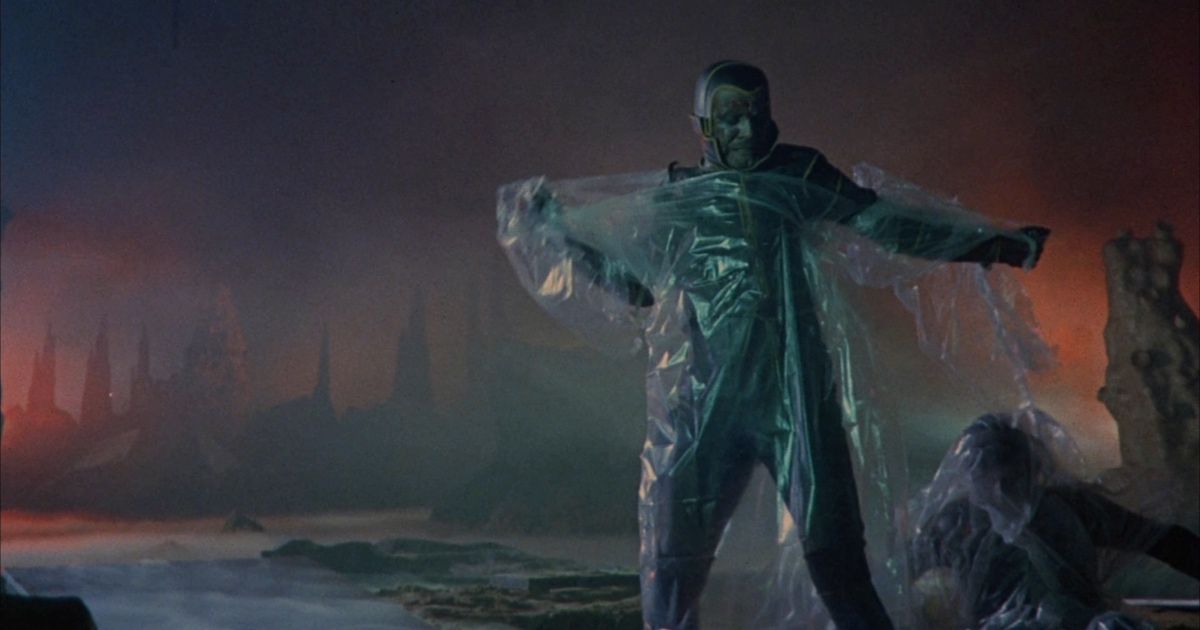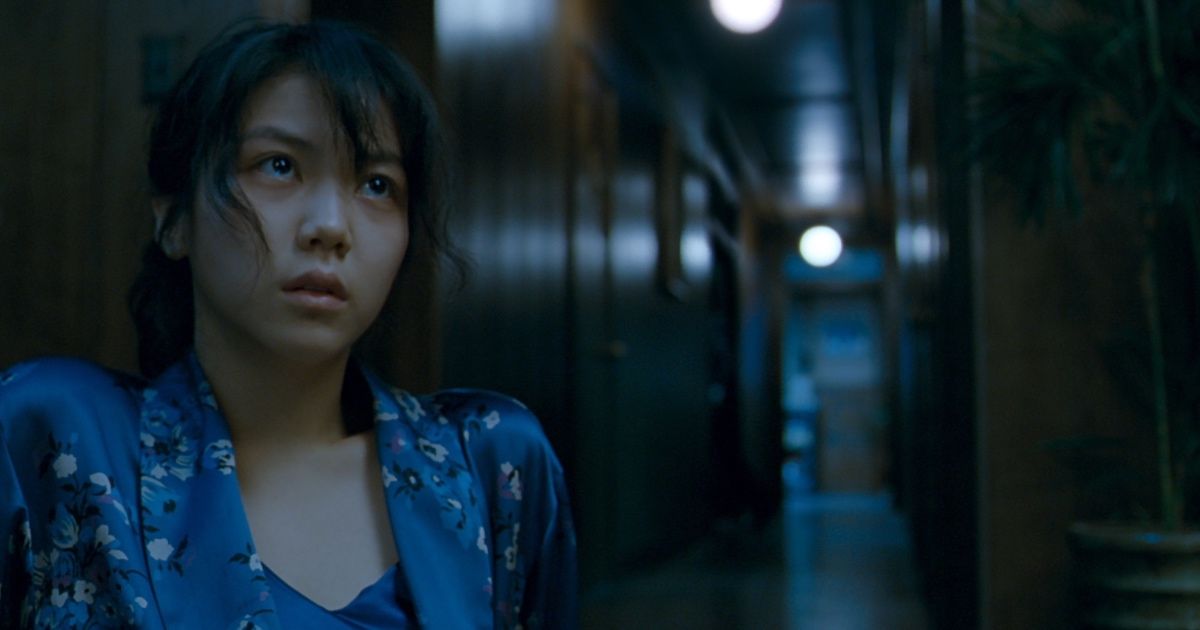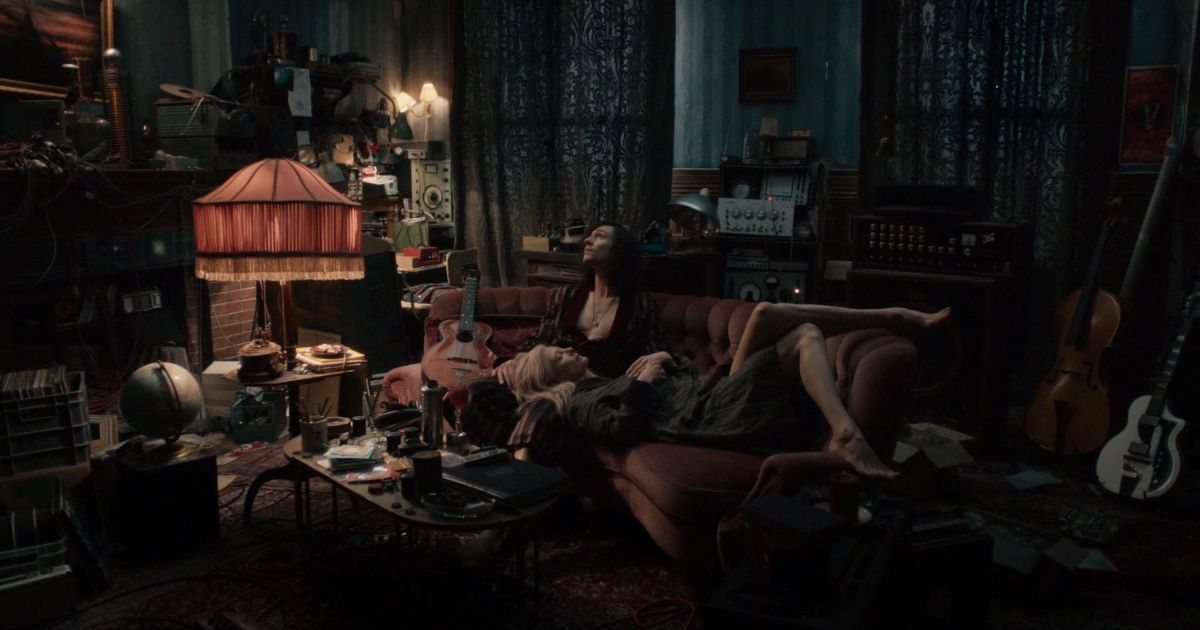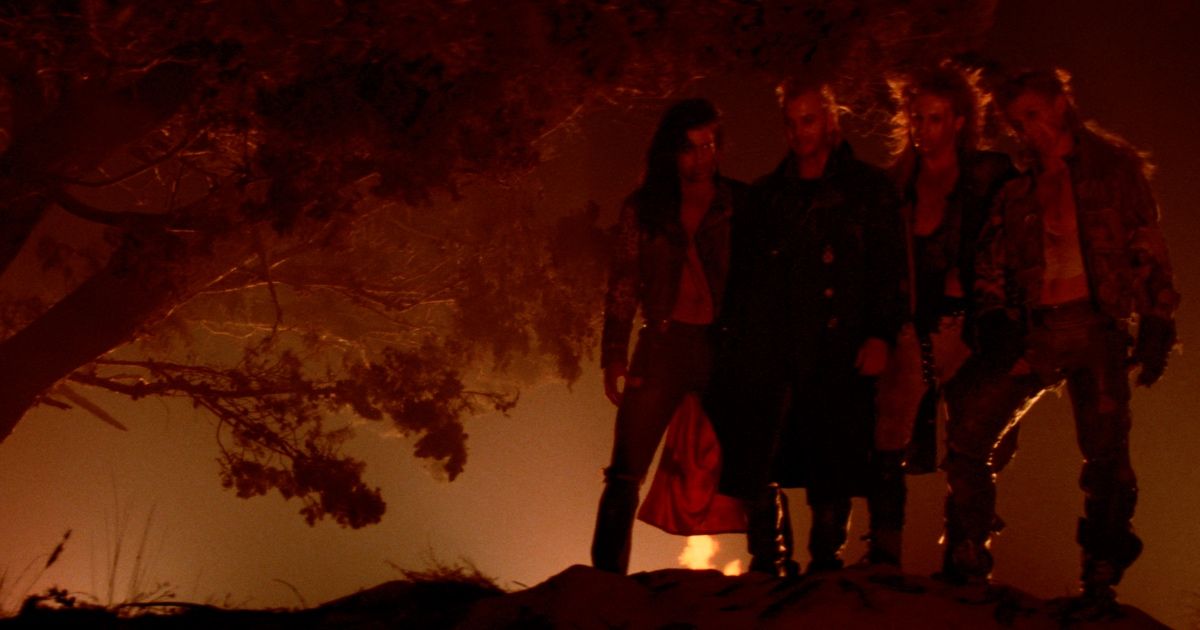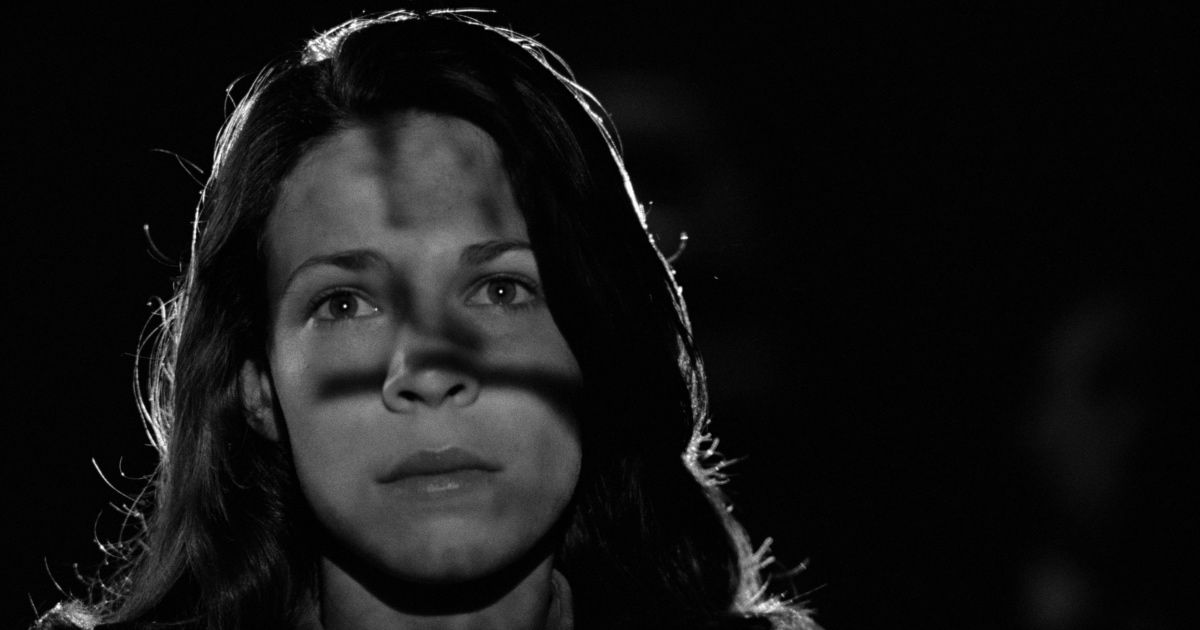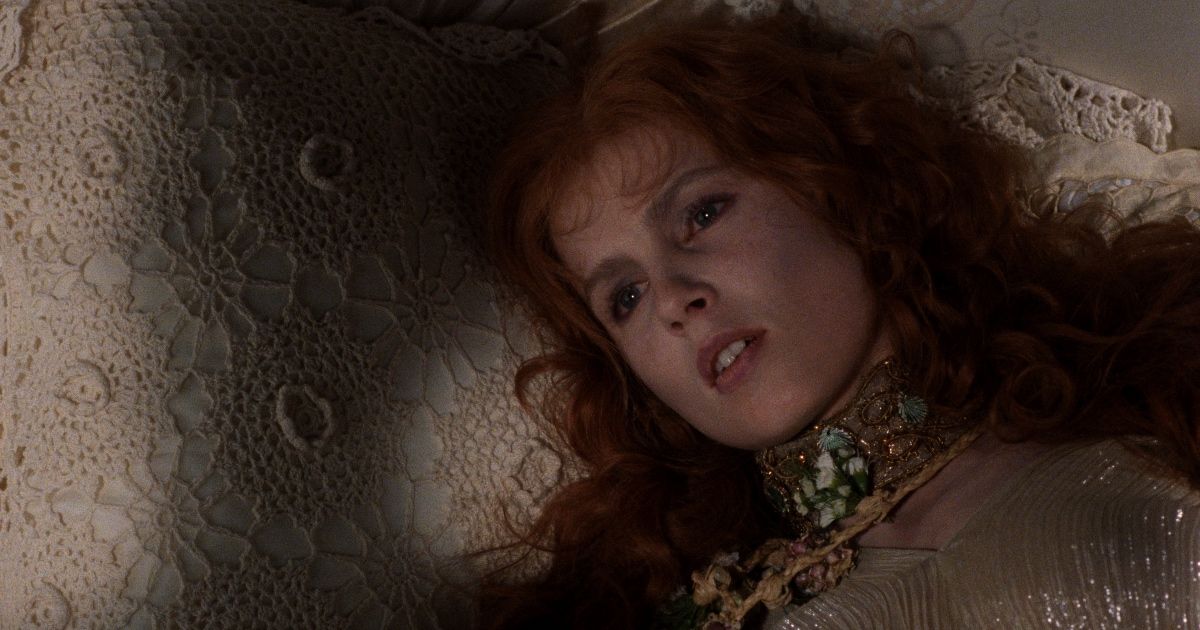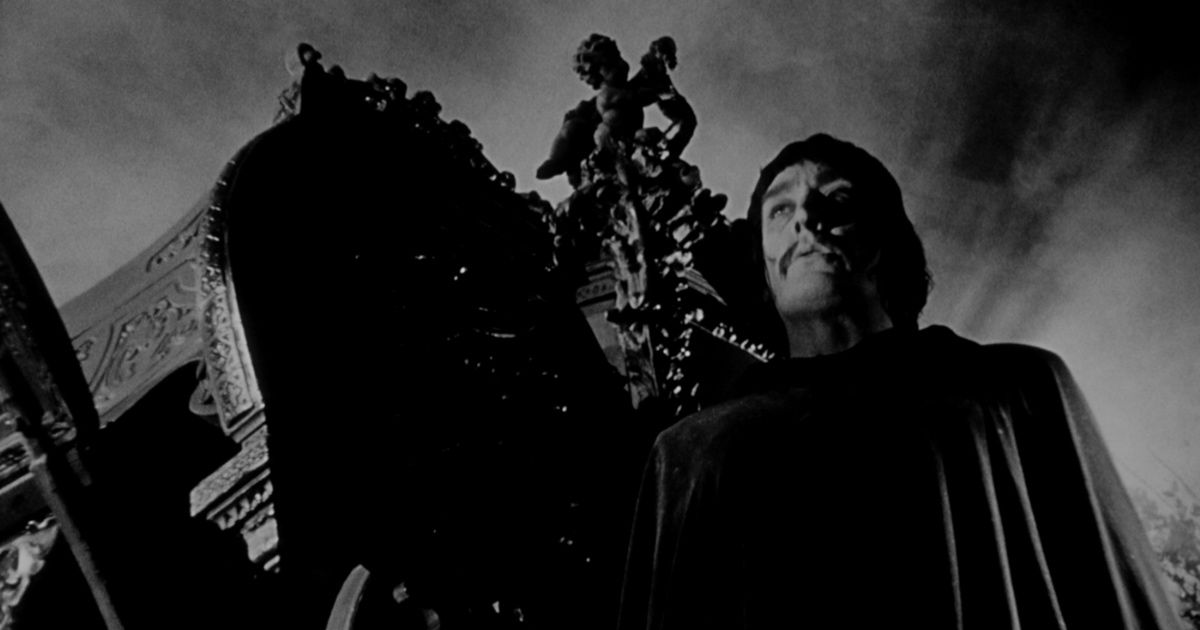What would be the horror genre without one of its most beloved and intriguing creatures? Vampires have instilled fear and fascination in the audience since Nosferatu was released in 1922, presenting a cinematic portrayal of the blood-sucking creature for the first time. Since then, the horror horizon has expanded, and vampires have been the central character in an endless list of movies.
This list presents to you the 20 most stylish vampire movies ever, taking into consideration black-and-white and color movies and picking films from many different decades. From the aforementioned Nosferatu to other classics like Dracula and Black Sunday, without forgetting modern takes on the genre like Only Lovers Left Alive and Bliss, these movies will satisfy all the fans of the immortal beings.
20 Interview with the Vampire
Written by Anne Rice, who also wrote the homonymous novel on which the movie is based and directed by Neil Jordan, Interview with the Vampire features Brad Pitt, Tom Cruise, Kirsten Dunst, Antonio Banderas, and Christian Slater. Louis de Pointe du Lac (Pitt) is a vampire who is interviewed by a San Francisco reporter called Daniel Molloy (Slater). Louis reveals to him his life and relationship with fellow vampire Lestat de Lioncourt (Cruise).
Moving back and forth in time through flashbacks, Interview with the Vampire makes great use of costume design, showing both modern-day clothes and a lavish 19th-century wardrobe. The set design is also impressive, capturing the vampire world perfectly and immersing even more the audience.
19 From Dusk Till Dawn
Written by Quentin Tarantino and directed by Robert Rodriguez, From Dusk Till Dawn is a thrilling and ultra-engaging horror that features George Clooney and Tarantino himself as Seth and Richie Gecko, two brothers and criminals. They cross the path of a faith-doubting pastor named Jacob Fuller (Harvey Keitel), who is traveling for a vacation with his children Kate (Juliette Lewis) and Scott (Ernest Liu).
From Dusk Till Dawn features a classic Tarantinian screenplay, amalgamating horror material, western camera shots, and black comedic over-the-top dialogue. It's precisely this mixture of genres and cinematic sensibilities that sets this movie apart and adds style to it. At the same time, the stupendous cinematography by Guillermo Navarro fits like a glove.
18 Byzantium
Byzantium was directed by Neil Jordan and written by Moira Buffini, who also wrote the novel A Vampire Story on which the movie is based. The movie stars Saoirse Ronan and Gemma Arterton in the leading roles and features also performances by Jonny Lee Miller, Sam Riley, Caleb Landry Jones, and Maria Doyle Kennedy. The movie has all the ingredients for being considered a future cult.
Byzantium amazes its audience with its vibrant and electric cinematography, mostly characterized by the vast use of blue and red neon lights. At the same time, the movie also gains from impeccably selected external and internal locations that contribute to the eerie and dramatic atmosphere. Byzantium is often overlooked when it should be praised for its style.
17 Habit
Written, edited, and directed by Larry Fessenden, who also stars as the main protagonist, Habit is an independent take on the vampire genre that has become a cult over the years. Sam (Fessenden) leads a nonconformist lifestyle in New York, fuelled by the use of alcohol and drugs. One night, he meets a mysterious woman called Anna (Meredith Snaider), and everything changes.
Habit is characterized by an amazing and grainy representation of New York, elevated by great use of neon lights and handheld camera movements. At the same time, the urban and cultural environment that Fessenden can re-create for the movie pushes the stylistic level further. Habit still remains a haunting masterpiece that few know.
16 Dracula
Written by Garrett Fort and directed by Tod Browning, Dracula features one of the most iconic interpretations of the vampire count, here played by horror champion Bela Lugosi. While Nosferatu was the absolute first (unauthorized) adaptation of Bram Stoker's masterpiece, Dracula was the first movie with sound that portrayed the count. The movie follows the classic story of the book.
Dracula shines thanks to the impressive gothic set design that perfectly brings to life the mysterious castle of the count and London's dark and grey streets. At the same time, the movie ushers the archetypal costume of Dracula with his black cape and ultra-stylish tuxedo. Lastly, like many early horror movies, Dracula is elevated by quintessential cinematography by pioneer Karl Freund.
15 Near Dark
Co-written and directed by Kathryn Bigelow, Near Dark stars Adrian Pasdar in the role of Caleb Colton, a young man who encounters a nomad woman called Mae (Jenny Wright) in a small Oklahoma town. He doesn't know that Mae is a vampire and is part of a group of drifters like her. Near Dark also features Bill Paxton and Lance Henriksen.
Near Dark takes a different direction than other movies about bloodsuckers by portraying them as outlaws, always moving and leading a difficult life, rather than powerful and wealthy. At the same time, Near Dark's eerie style is emphasized by the atmospheric soundtrack by the German kraut rock band Tangerine Dream. A cult that showed the great potential of the Californian director.
14 Bliss
Written and directed by Joe Begos and starring Dora Madison in the lead role, Bliss is a fantastic horror movie that presents a unique example of a vampire movie. Dezzy is a painter whose struggling to finish her latest commission. She decides to take this mysterious drug to overcome the artist's block, but as the painting comes to life, she starts to hallucinate more and more.
Bliss' stylish tone is given mostly by the neon-lit cinematography heavily present in most scenes and reminiscing of some of the best 1980s horrors. At the same time, the vampire theme matches perfectly with the nocturnal and bohemian life of Dezzy, full of drugs and parties. Bliss is a gem that must be discovered.
13 Nosferatu
Nosferatu is one of the greatest horrors ever made and the first movie to portray the famous count Dracula, created by the pen of Bram Stoker. The movie was written by Henrik Galeen and directed by F. W. Murnau. Estate Agent Thomas Hutter (Gustav von Wangenheim) goes to Transylvania to meet a possible client named Count Orlok (Max Schreck), who wants to buy a property near the agent's own domicile.
Nosferatu's undisputed influence on the horror genre is a testament to the movie's impressive cinematography and gothic aesthetic. Directors of photography Fritz Arno Wagner and Günther Krampf make sapient use of light and shadow patterns, crafting an eerie and dark atmosphere. Murnau's low angles also emphasize Count Orlok's mysterious nature.
12 Blade
Blade was directed by Stephen Norrington, and it's based on the homonymous Marvel character. The movie stars Wesley Snipes in the lead role of Blade, the half-vampire half-man Dhampir who hunts down bloodsuckers. Aided by his mentor Abraham Whistler (Kris Kristofferson), Blade will have to confront the highly ambitious Deacon Frost (Stephen Dorff), who plans to destroy humanity. Two sequels followed it.
Blade's cold cinematography, characterized by extensive use of blues and greens, perfectly matches the cold-blooded nature of the vampires' bodies. At the same time, it enables the creation of an eerie atmosphere that captures and frightens the audience. Moreover, beautiful costumes are chosen specifically to project the personalities of the characters. Action and style combined.
11 Cronos
Written and directed by Guillermo Del Toro, in his debut behind the camera, Cronos is a well-crafted atmospheric horror that delves into the immortality lure of vampire nature. The movie stars Federico Luppi as Jesús Gris, a merchant of antique furniture who finds a mysterious and intriguing device at the base of a statue. The device will change his life forever.
Cronos's visual beauty is enough that the movie comes to mind immediately when thinking about a stylish vampire movie. Frequent collaborator Guillermo Navarro is amazing in switching between cold and rarefied photography to warmer tones, all dictated by the scene's mood. The contrast is astonishing and helps make the horror scenes even scarier. The costume design by Genoveva Petitpierre is on point.
10 Vampires
Written by Don Jakoby and directed by John Carpenter, Vampires stars James Wood in the role of Jack Cow, who slays vampires for a living, helped by his crew that includes Tony Montoya (Daniel Baldwin) and Catlin (Mark Boone Junior). Jack will soon have to face a powerful and dangerous vampire called Jan Valek (Thomas Ian Griffith).
Vampires take the similar western influence that was featured in From Dusk Till Dawn and brings it to its limit, creating a unique blend of vampire-style horror and neo-Western cinematic language. This choice is emphasized by the locations, primarily dusty and desert-like New Mexico landscapes. At the same time, Carpenter is always pitch-perfect in his mise-en-scène, not missing a single shot.
9 The Hunger
The Hunger was directed by Tony Scott, in his directorial debut, and it is based on the homonymous novel by Whitley Strieber. It features a stellar cast that sees protagonists Catherine Deneuve and David Bowie as Miriam and John Blaylock, a wealthy vampire couple that lives in a luxurious home in New York. The movie also contains characters played by Susan Sarandon and Dan Hedaya.
The Hunger is one of the most stylish horrors of the 1980s, thanks to the flawless cinematography by Stephen Goldblatt and slick wardrobe curated by one of the greatest costume designers ever, Milena Canonero. The glacial and cold colors of the photography perfectly resemble the cold-blooded characters, while the lush classic attire represents their ancient and refined taste.
8 Ganja & Hess
Written and directed by Bill Gunn, Ganja & Hess features Duane Jones in the role of Dr. Hess Green, an anthropologist who is currently studying the African group of the Myrthians, who are considered to be blood drinkers. His assistant George Meda (Bill Gunn) stabs him one night with a dagger belonging to the tribe, transforming the researcher into a vampire. Spike Lee released a remake in 2014.
Ganja & Hess ultimately overcame its low budget, with Bill Gunn crafting an incredibly beautiful movie in collaboration with cinematographer James E. Hinton. The grainy feel of the movie visuals makes it hazy, while the choice of lighting and close-ups contribute to the dramatic and atmospheric mood. An underground masterpiece that should be seen.
7 Planet of the Vampires
Co-written and directed by Mario Bava, Planet of the Vampires is an underrated cult classic that has deeply inspired Ridley Scott's Alien. The movie stars an ensemble cast that features Barry Sullivan, Norma Bengell, Evi Marandi, and Federico Boido. While traveling in two ships through space, the spaceship crews receive an SOS signal from Aura, a yet-to-be-explored planet. They decide to land there, not knowing what's waiting for them.
Planet of the Vampires immediately catches the eyes and imagination of its audience with its expressive neon-lit cinematography, with purples, pinks, and blues tonalities highlighting the outer space natural environment. At the same time, despite the low budget, the movie also shines in the costume design with its leather-made spacesuits.
6 Thirst
Co-written, co-produced, and directed by Park Chan-wook, Thirst continues the streak of stylish movies that the South Korean filmmaker has been known for. Sang-hyun (Song Kang-ho) is a Catholic priest who decides to undergo a clinical experiment to find a vaccine for the Emmanuel Virus. The experiment fails, and the priest necessitates a blood transfusion to survive. Everything changes when he realizes the blood has turned him into a vampire.
Thirst is shot with such precision and taste that every single shot could be framed like a painting. The cinematography by Chung Chung-hoon is glacial and polished, with occasional touches of green and red. Park Chan-wook always knows where to put the camera and from which angle to shoot. Masterful.
5 Only Lovers Left Alive
Written and produced by Jim Jarmusch, Only Lovers Left Alive is a bohemian and philosophical take on the vampire genre. The movie sees protagonists Tilda Swinton and Tom Hiddleston respectively as Eve and Adam, two vampires whose love has lasted centuries. After living separated for some time, Eve reunites with Adam in his Detroit home. Everything changes when Eve's sister Ava (Mia Wasikowska) arrives.
Only Lovers Left Alive is a contemplative movie that shines for its slow-paced rhythm, which allows the audience to synchronize with the protagonists' calm and placid lifestyle. The movie's production design is fundamental for bringing to life the bohemian environment of Adam's house. At the same time, the cinematography lights the scenes perfectly.
4 The Lost Boys
Written by Jeffrey Boam, Janice Fischer, and James Jeremias and directed by Joel Schumacher, The Lost Boys has become a cult classic over the years. The movie stars Jason Patric as Michael Emerson, a young man who relocates with his younger brother Sam (the late Corey Haim) to live with their divorced mom and grandfather. However, the town they are now living in has a gang of vampires.
The Lost Boys has all the ingredients for being one of the most stylish vampire movies ever. The neon cinematography designed by Michael Chapman gives an eclectic feel, while the well-selected soundtrack helps the atmospheric nature of the movie. Lastly, the costume design and appearance of the characters are the cherries on top.
3 The Addiction
The Addiction is the umpteenth great collaboration between director Abel Ferrara and screenwriter Nicholas St. John. Containing a creative metaphor that connects vampirism with drug addiction, this movie is by far one of the greatest horrors of the 1990s. Lili Taylor plays a philosophy student called Kathleen Conklin, who gets bitten by a vampire and starts to crave blood.
The Addiction should be seen by whoever wants to make a black-and-white movie; in fact, cinematographer Ken Kelsch is essential in conveying the dark and melancholic atmosphere of the movie. At the same time, his high contrast choice makes the screen almost shine with its small but bright use of white. The noir feel of the movie gifts its stylish appearance.
2 Bram Stoker's Dracula
Bram Stoker's Dracula was co-produced and directed by Francis Ford Coppola, and it is based on the homonymous gothic novel by Bram Stoker. The movie features an ensemble cast that includes Keanu Reeves, Gary Oldman, Winona Ryder, Anthony Hopkins, and Monica Bellucci. The movie follows the famous vicissitudes of the vampire count. The movie won three Oscars.
Bram Stoker's Dracula is unforgettable for its visually stunning images. Firstly, the esthetical brilliance of Coppola's movie is brought to life thanks to flawless cinematography by Michael Ballhaus, who is extremely effective in his game of light and shadows. Moreover, the stylish and lavish costume design by Eiko Ishioka also contributes to the overall aesthetic. A spectacle for the eyes.
1 Black Sunday
At his official directorial debut, Mario Bava is the mastermind behind Black Sunday, one of the greatest horrors ever made. Taking place in Moldavia, the movie tells the story of a vampire witch called Asa Vajda (Barbara Steele), who is sentenced to death by her brother. After 200 years, she returns, thirsty for revenge, to persecute her brother's descendants.
Bava, whose career in cinema started in the cinematography department, can perfectly convey the gothic nature of the screenplay by employing rich and deep black-and-white contrasts and large use of shadows. At the same time, elaborate costume design and makeup contribute to Black Sunday's atmospheric feeling. An absolute masterpiece of European horror, Black Sunday is cinema education with the capital "e."

